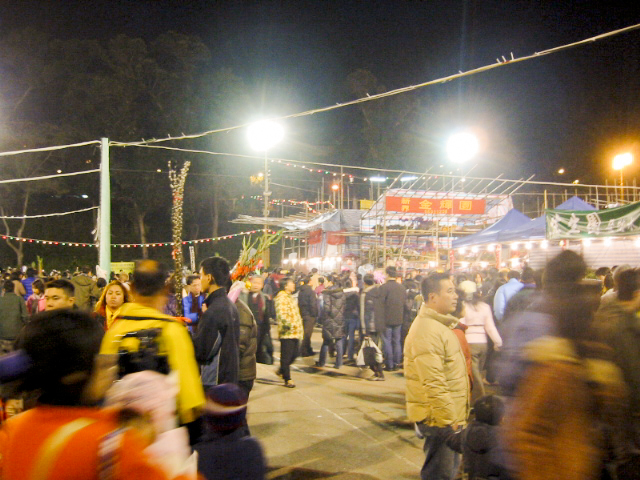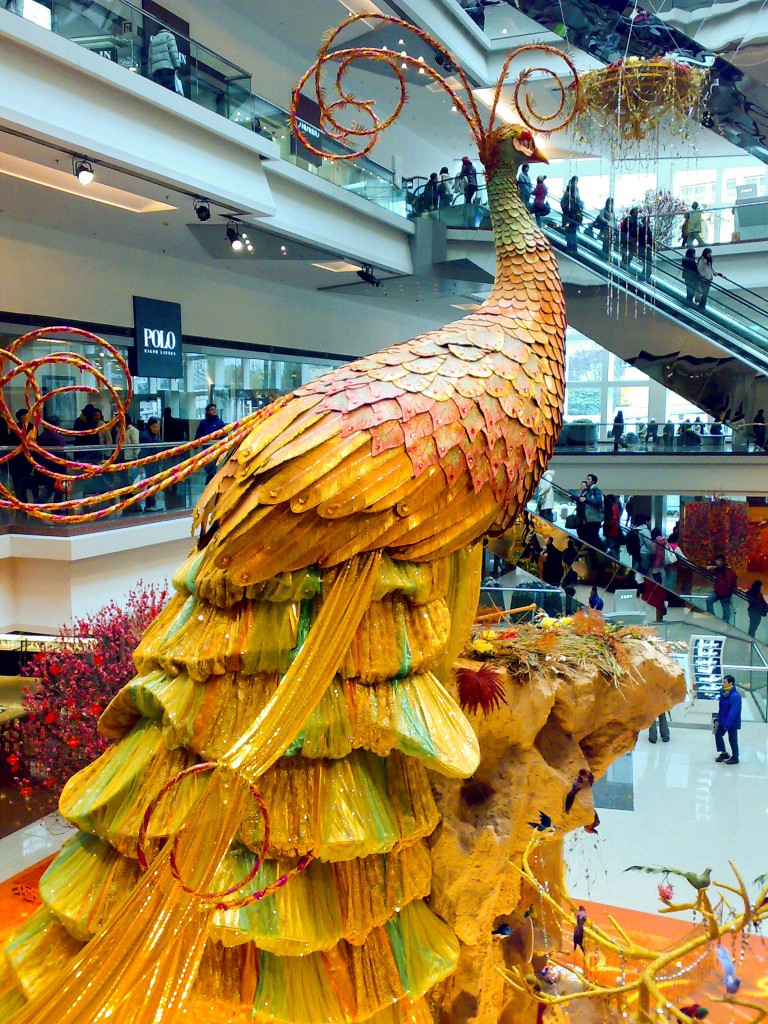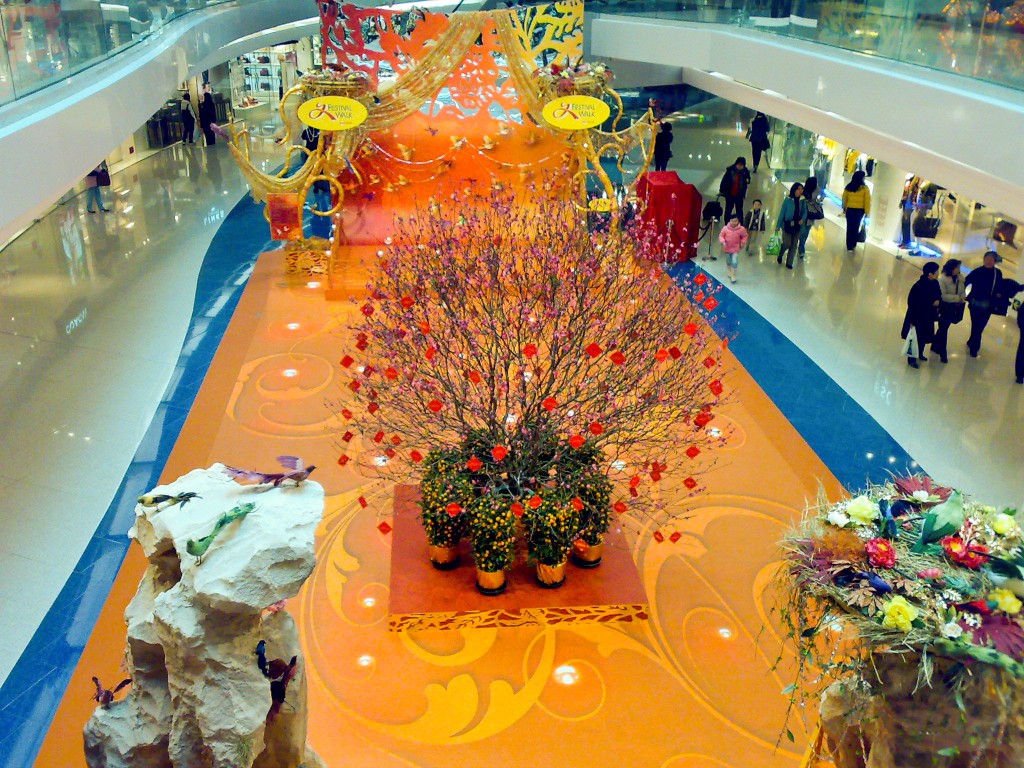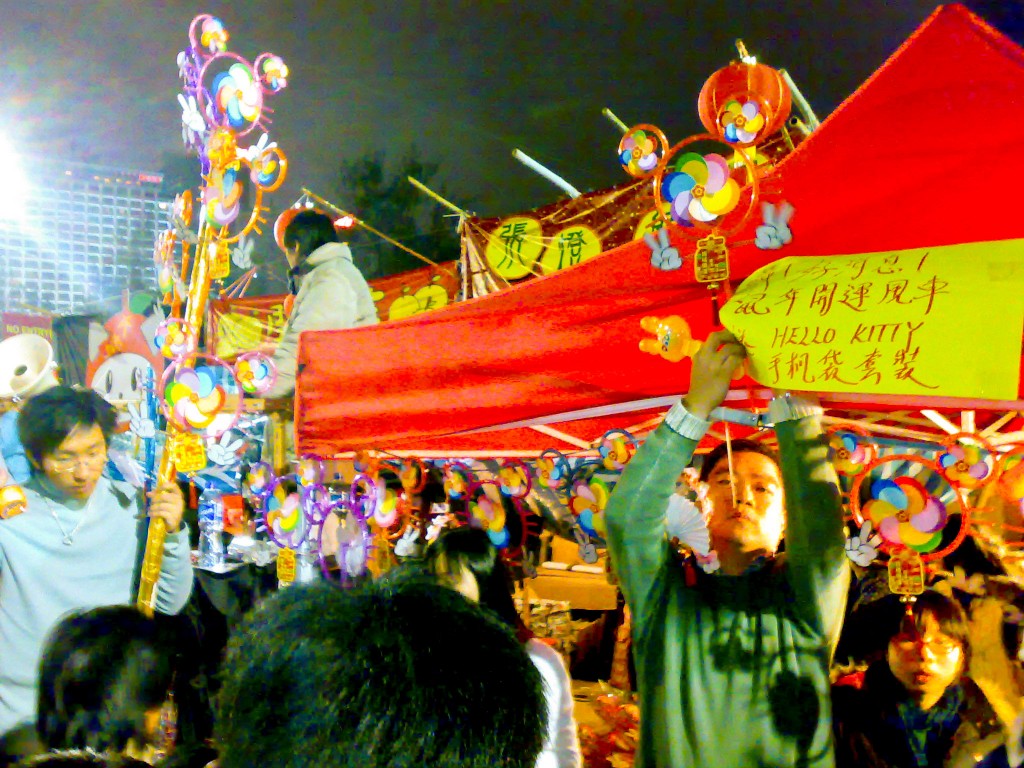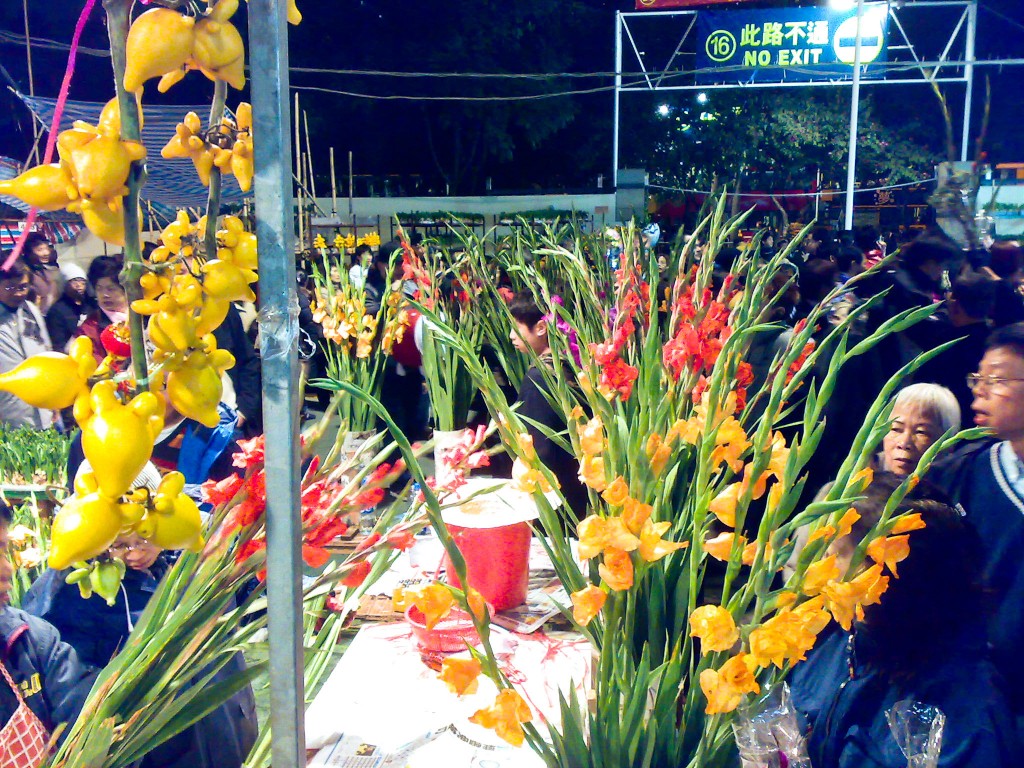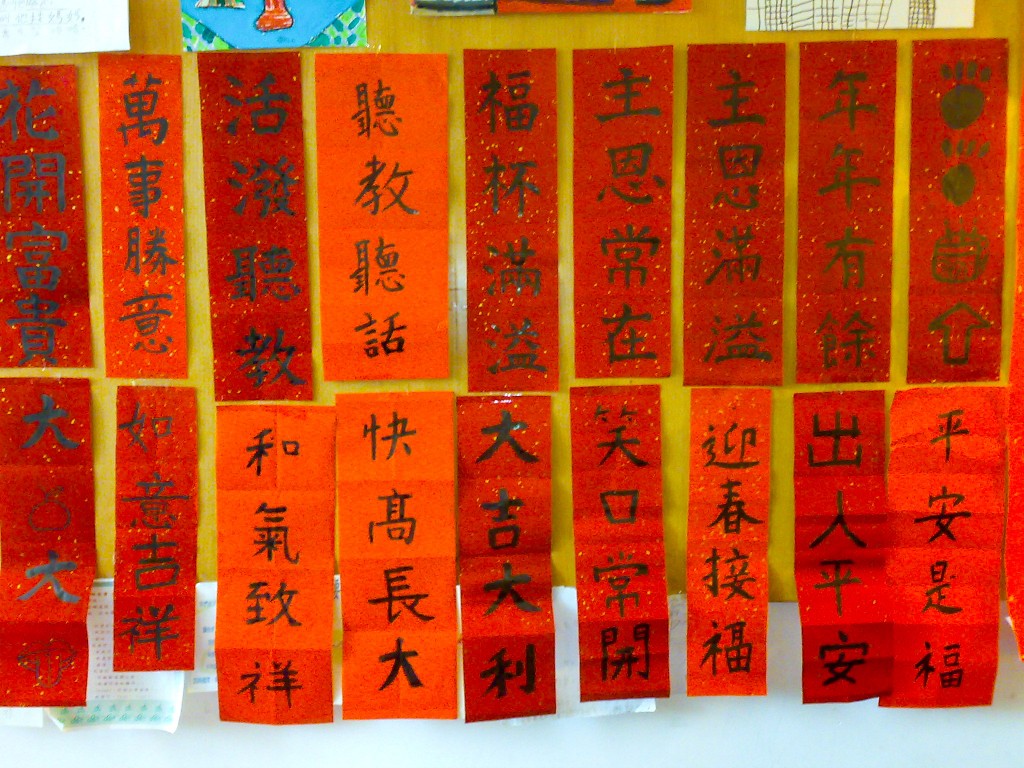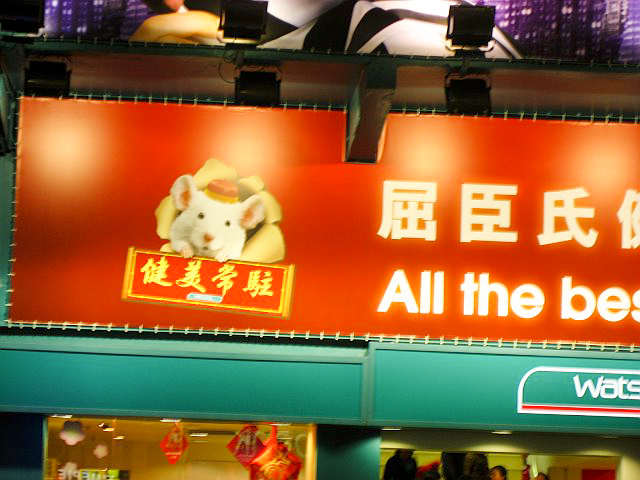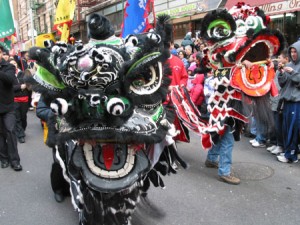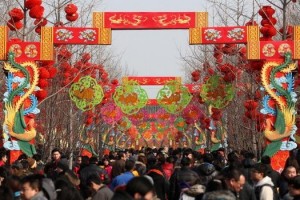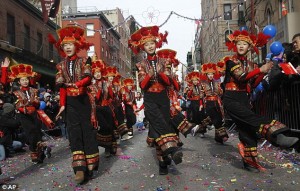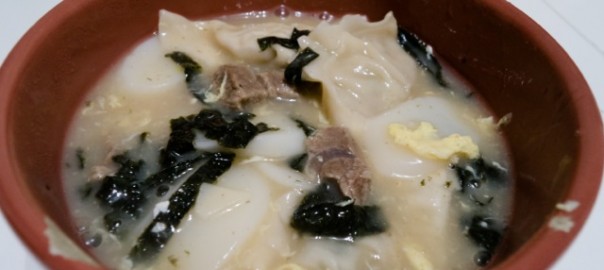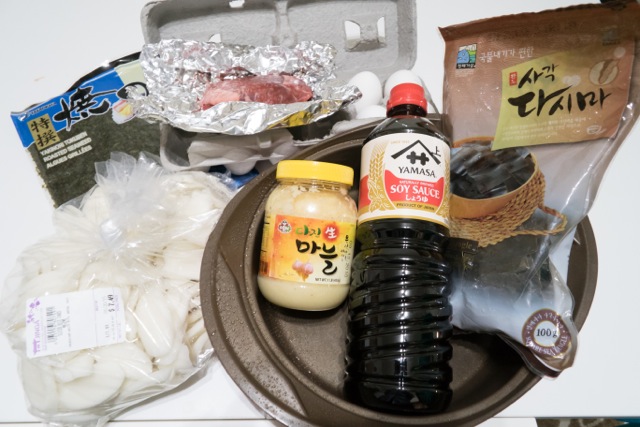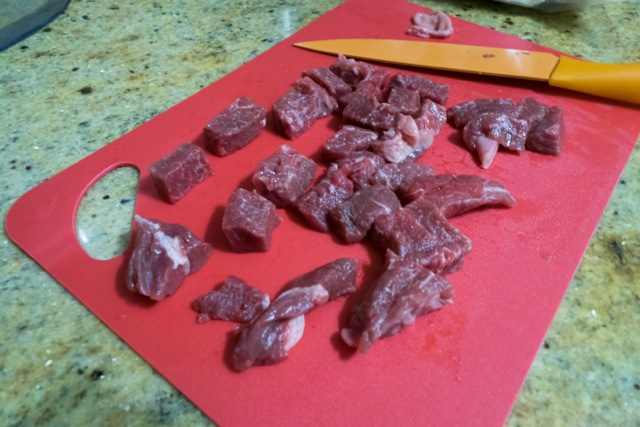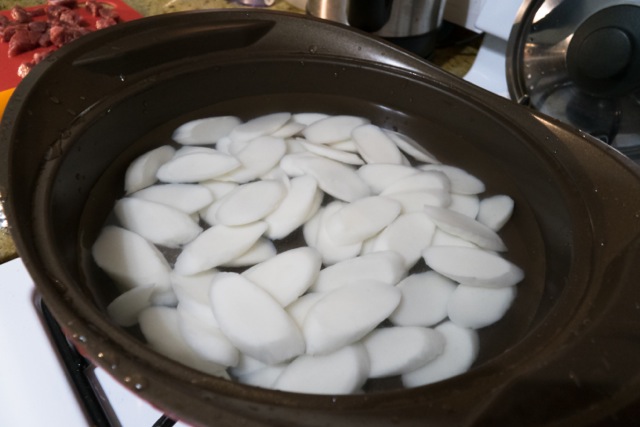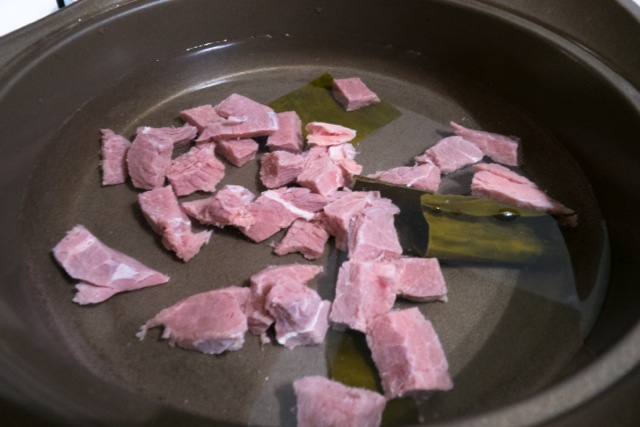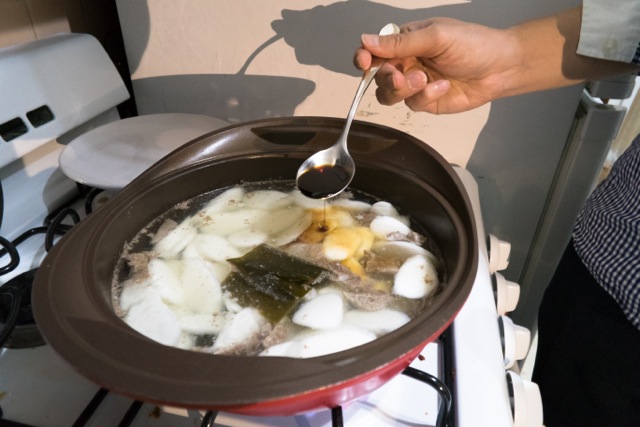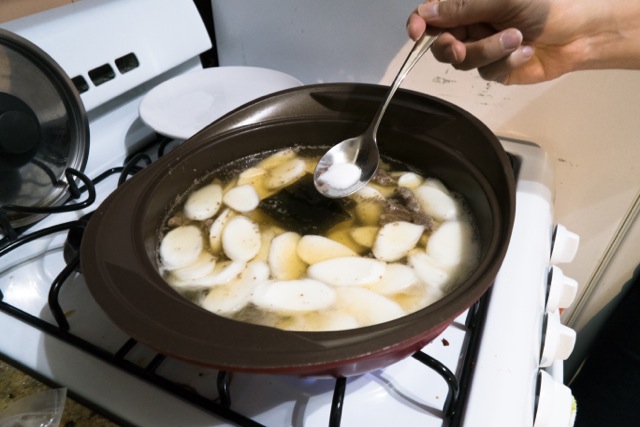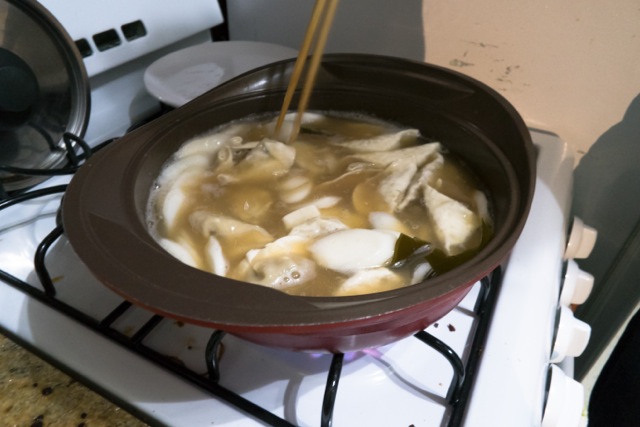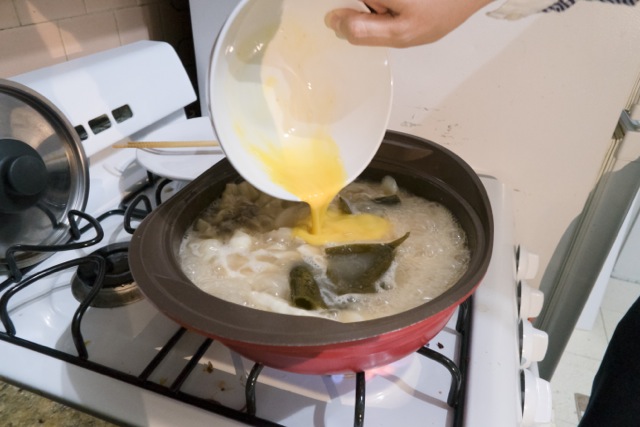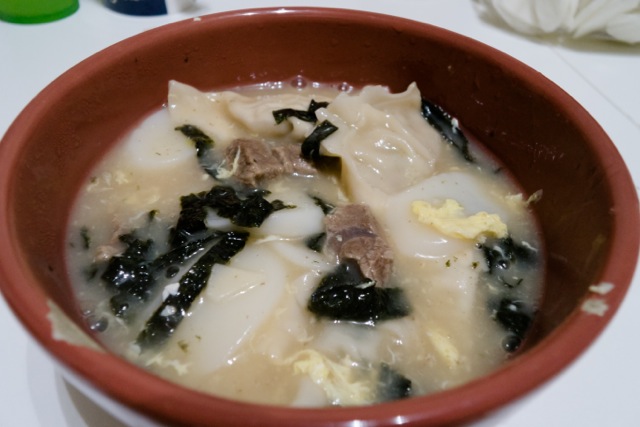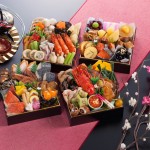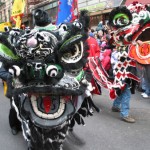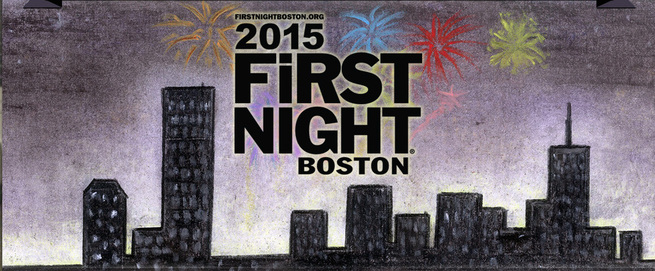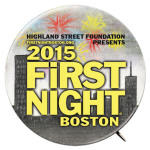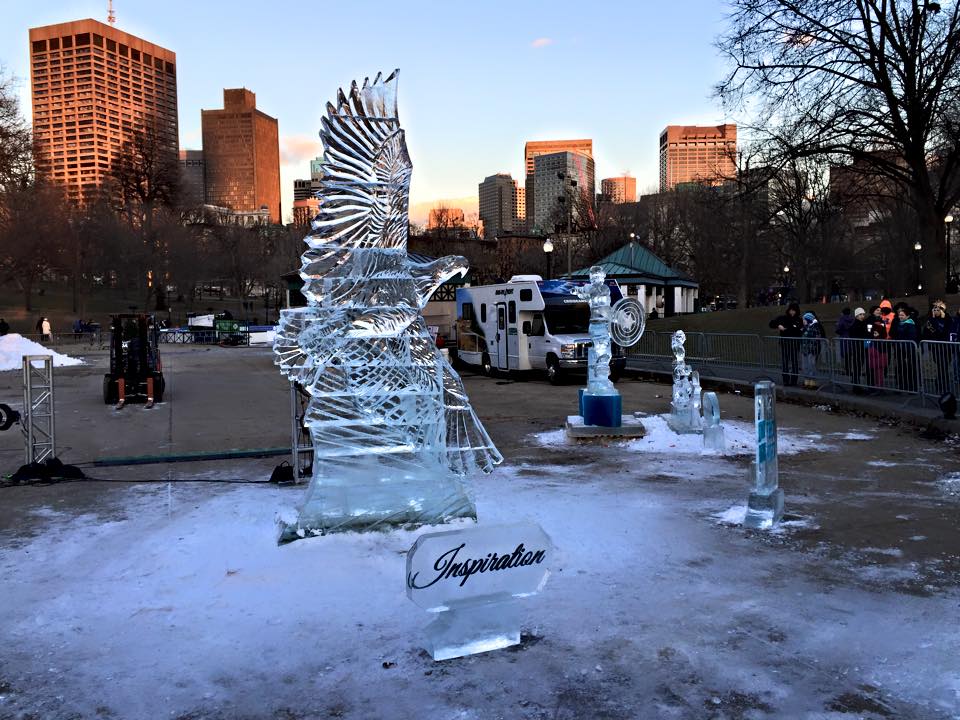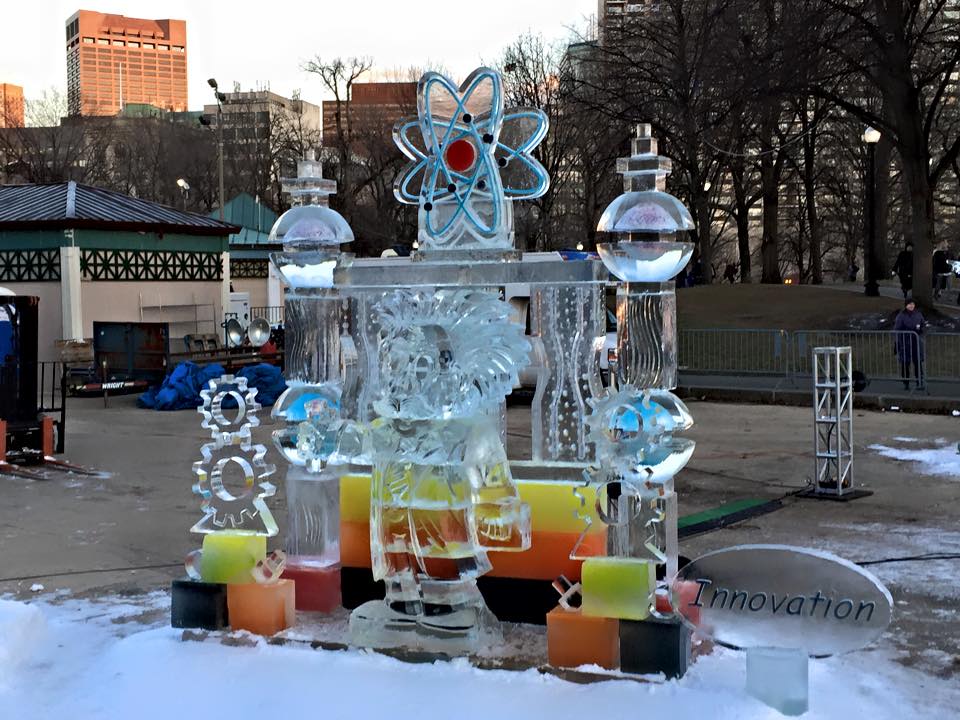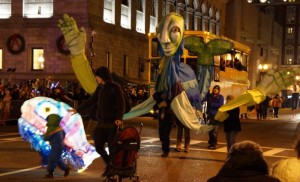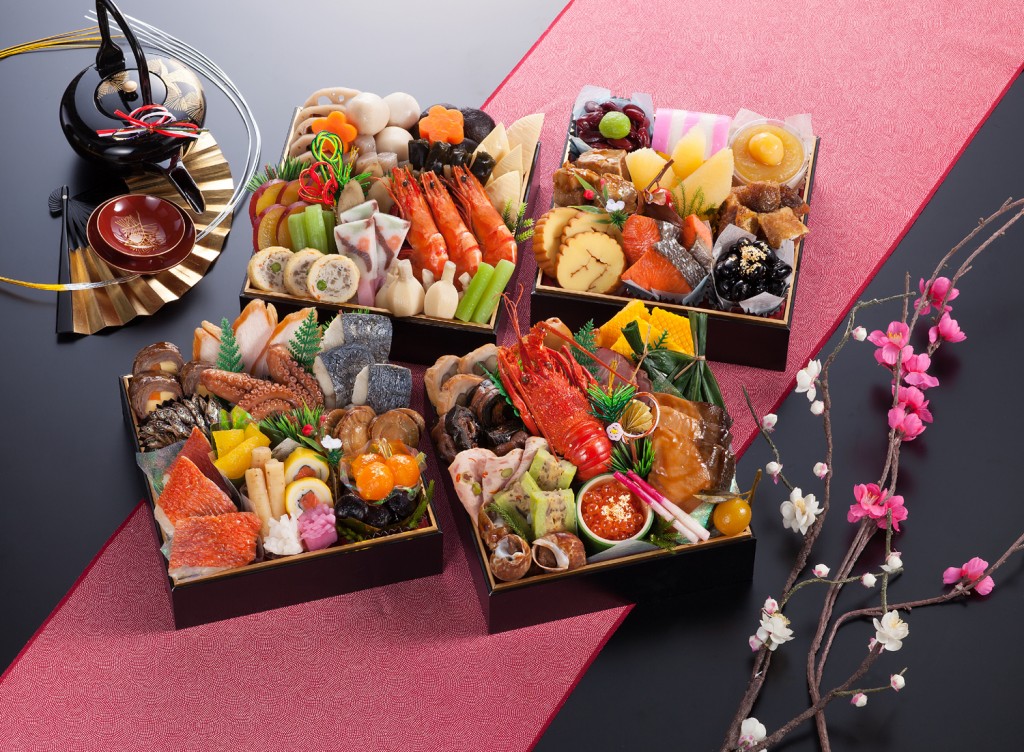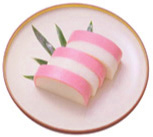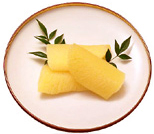By: Maysar Jabr
Photograph: Mohammed Salmaan
International students and the Friends of society Saudi group of volunteers who are studying English in CELOP, went to the Boston Children’s museum on March 1, 2015 to help the museum staff for the Chinese New Year Celebration .
They worked for 7 hours with children, for their goal in volunteering work is to make everyone happy. The supervisor divided the work between all of the students. At 11 o’clock they went to the first room and played with the children and taught them about the Chinese New Year Celebration. They made ram masks, lanterns, moved a lot of boxes to the second floor and decorated the dragon.
The CELOP Sun reports below some views of the volunteers experience at the museum.
Aisha Al-hafeez – “Our volunteer experience was unforgettable. We had the opportunity to learn about the Chinese lunar new year and their culture. Also, we learned that teamwork is essential for any success.”
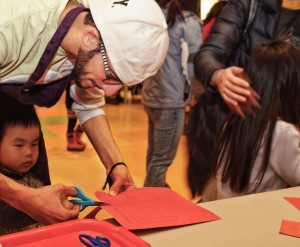 Mohammed Salmaan – “Spending time with children is amazing.” Last Sunday a group of volunteer students called the Friends of Society visited the Boston Children’s Museum in order to help both the staff and the children there. Luckily I was part of that team. I had the chance to serve the amazing children there and to see them happy because of our work. One mother talked to me and asked me what was the benefit for me of volunteering. Simply, my answer was, “My own benefit is to see the smile on the children’s face.” The mother was so amazed that she made me feel like I was a hero. I encourage everyone to volunteer at least once, because it gives a lot of emotional support for everyone including the volunteer himself.
Mohammed Salmaan – “Spending time with children is amazing.” Last Sunday a group of volunteer students called the Friends of Society visited the Boston Children’s Museum in order to help both the staff and the children there. Luckily I was part of that team. I had the chance to serve the amazing children there and to see them happy because of our work. One mother talked to me and asked me what was the benefit for me of volunteering. Simply, my answer was, “My own benefit is to see the smile on the children’s face.” The mother was so amazed that she made me feel like I was a hero. I encourage everyone to volunteer at least once, because it gives a lot of emotional support for everyone including the volunteer himself.
 Abdulrahman Bamedhen – “In fact, the group of friends of the community is involved in many volunteer jobs with local institutions in the city of Boston and had their imprint in playing with kids.”
Abdulrahman Bamedhen – “In fact, the group of friends of the community is involved in many volunteer jobs with local institutions in the city of Boston and had their imprint in playing with kids.”
